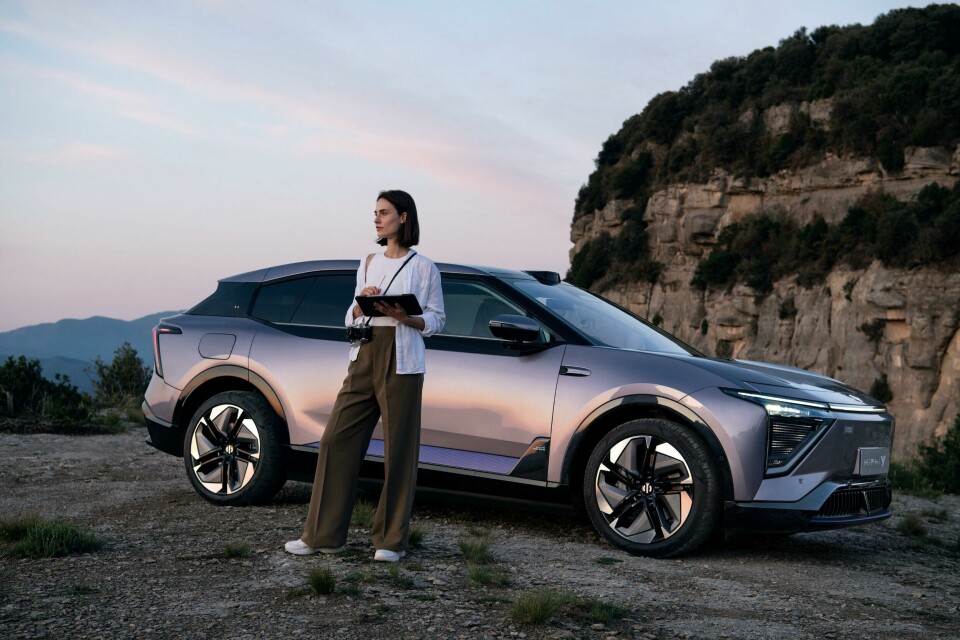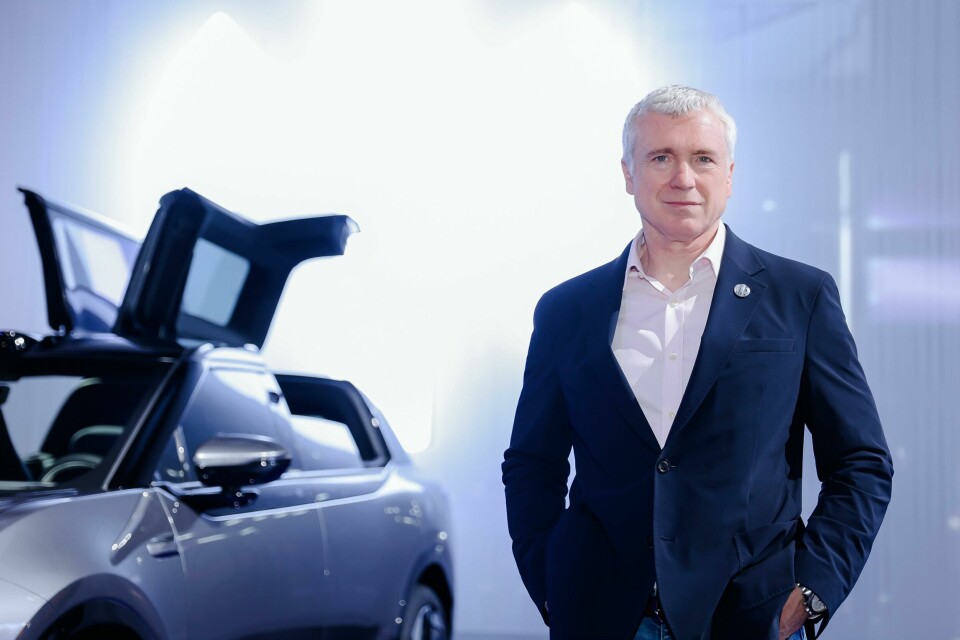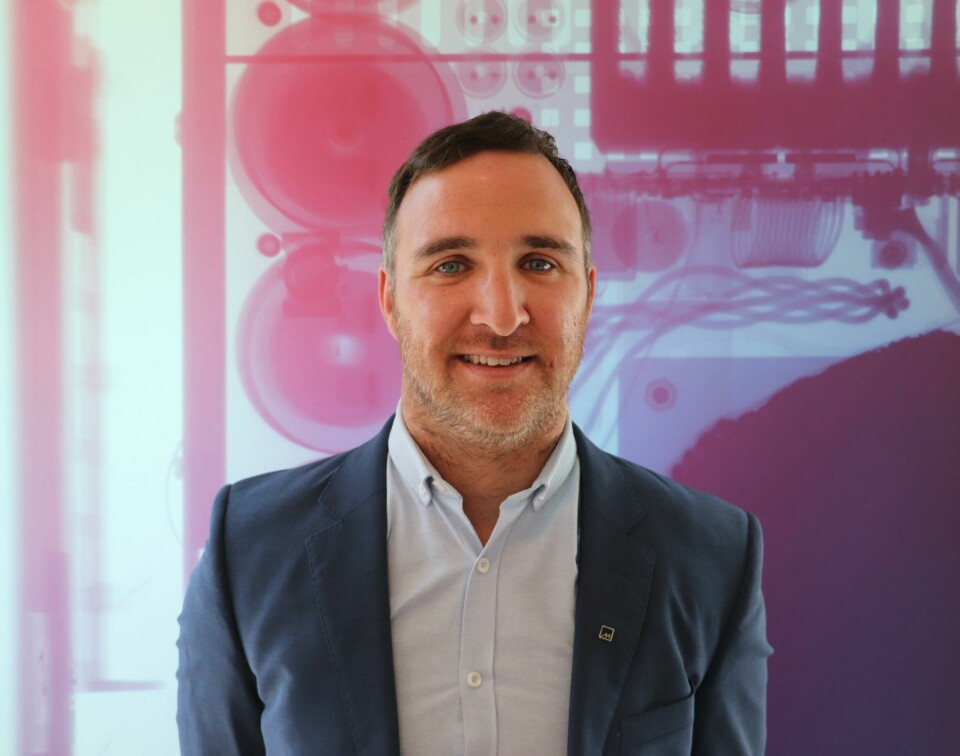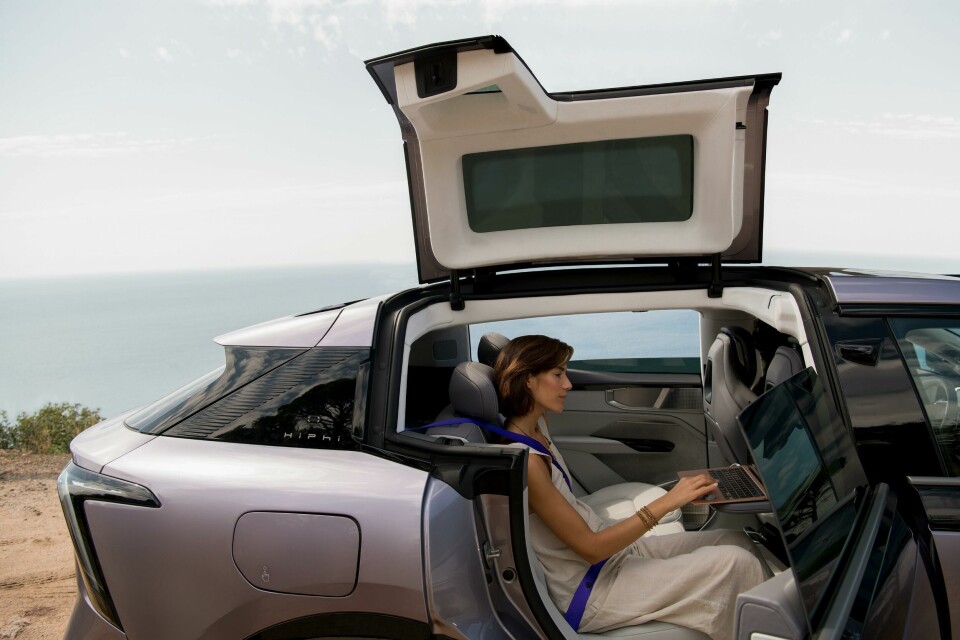
HiPhi enlists audio expert for in-car HiFi
In-vehicle audio is becoming an increasingly important element of the user experience. To find out how carmakers and suppliers are working toward a system optimised for luxury EVs, CDN sat down with experts from both sides who have been doing just that
It’s not all that often that automakers and suppliers willingly discuss the terms of their engagement. Automotive procurement can be a secretive business, with who-supplies-who often kept under wraps. One of the few product segments that tends to buck the trend is in-car audio.
In July, luxury EV newcomer Human Horizons (better known as HiPhi) revealed the latest fruit of its partnership with Meridian – audio supplier to both Jaguar and Land Rover – for its third car, the HiPhi Y. Far more than simply creating a clear, powerful system for music and podcasts, the pair considered how speakers can be integrated in new areas of the interior, how audio can be better segmented within the cabin and how to optimise the system for the unique noise, vibration and harshness (NVH) characteristics of a luxury electric SUV.
To learn more about the partnership, the role audio plays in the evolving luxury space and the importance of getting in early, CDN sat down with HiPhi CTO and co-founder, Mark Stanton, and Meridian Audio’s director of automotive, Paul Andrews.

Car Design News: The HiPhi Y will go on sale in Europe next year, with the brand already well established in China. What emphasis are you placing on sound as part of the luxury experience, and does that differ between the two markets at all?
Mark Stanton: For buyers in China and other Asian markets, luxury means technology and experience. We believe this trend, known as ‘luxtech’, will come to dominate luxury in other major markets too. True luxury must be immersive, so our designers aim to engage all the senses.
We offer no-touch gullwing doors where the experience is both visual as it swings into the roof and audible as the door opening sound is generated. We have a relaxation mode that activates the massage seats together with soothing music plus fragrance from the onboard fragrance generator. Then there are the conventional applications of premium sound that are now even more important: games, films, music and even the tones for active safety systems. A luxury ambience is as much about what you hear as it is about what you see and touch.
If designers mount speakers sub-optimally, it takes time and expertise to rectify
CDN: Are there new opportunities to use sound creatively in an EV?
Paul Andrews: EVs are quiet but it’s a misconception that this makes it easy to create an astonishing soundscape. The higher frequencies need complex software to mitigate wind and tyre noise, which is more prominent, and vehicle architectures can be subtly different. All this changes the characteristics of sounds in the cabin.
We’ve found that educating the designers about these characteristics helps retain the purity of their concepts as they move into engineering, and we have a range of software systems that mitigate the challenges of this new acoustic environment so we can build great sounds – just as we would in an ICE vehicle.

CDN: How can sound design enhance the driving experience in an EV. Think about the feeling in your chest from a powerful ICE – can that be replicated?
MS: I’d challenge that the driving experience is important to new luxury buyers. Our cars are very quick and after that it’s the luxury experience they want. For an increasing number of people, the feeling of a big V8 is antiquated and a reminder of high exhaust emissions. That’s not where we want to be.
PA: The feeling in your chest doesn’t have to come from a powerful engine: it can be part of games, films or music. At the High End Show in Munich this year, we launched our new Vibrohaptic seat technology; not the first generation shaking seats you may have experienced in cinemas, games systems and some cars, but very subtle physical inputs to emphasise the dynamic elements of music and sounds by simulating the effects of deep and powerful bass.
The driving experience can also be enhanced through the design of other forms of communication with the car, such as warning tones for the increasing range of active safety systems. If these generate a noise that sounds harsh or out of character with the brand, they destroy the ambience of luxury. We’ve found a growing number of design teams are treating the soundscape as part of the ambiance they are designing.
CDN: At what stage does a company like Meridian get involved – and what are the implications for the interior design team?
PA: Always as early as possible. If designers position or mount speakers sub-optimally, specify the wrong grille materials or make other mistakes, it takes time, expertise and software capabilities to rectify – and the results are rarely as good as getting it right first time. That’s why we like to collaborate from the start, embedding expertise in the design team and supporting that with our own specialists and analytical capabilities.

MS: Collaboration, both internal and external, has to start from the beginning. I’m bringing our engineering and design teams closer together from the original concept stage and bringing Meridian in from the start as part of that process.
CDN: Why did HiPhi choose Meridian, did other luxury marques like JLR serve as inspiration?
MS: I’d already worked with Meridian while I was at JLR so I knew we could trust them to deliver what they promised, but we would have been foolish to not look around at the competitors too. We found that Meridian is the only company with the structure and culture to work in the intensely collaborative way we need.
The collaboration began at an extremely early stage, teaching the HiPhi designers to think about reflectivity, speaker positioning, materials, and a lot more
We’ve also proven that Meridian’s focus on thoroughly understanding how people interpret sound – psychoacoustics – and their development of a range of digital signal processing technologies, each with a clear objective, is absolutely the right way to make the most of the challenging in-car acoustic environment. HiPhi is a new brand, too, so an association with an established luxury technology brand would help position us where we want to be.
CDN: Can you tell us more about this collaboration, how did you work together and what processes were involved?
MS: We infuse Human Horizons with an approach we call ‘No Fear.’ This means our designers are encouraged to create a concept and to work very closely with our engineers from the very beginning to find ways of bringing it undiluted onto customers’ drives. If something looks challenging, we ask why and how we can find a way to make it possible. For our designers, that encourages more creativity by pushing the boundaries of possibility.
PA: The Meridian team began the collaboration at an extremely early stage, teaching the HiPhi designers how to think about sound, the impacts of system design including reflectivity, speaker positioning, materials, and a lot more.
We’d typically support several conference calls a week looking at all aspects of design with their team in Shanghai. As part of understanding HiPhi’s sound ambition at the early stages, we also benchmarked competitor vehicles and talked through what determined their systems’ sound and cost. What worked really well was making sure the design team’s knowledge of audio is sufficient to know when to ask for specialist advice, for example with speaker coverings.






